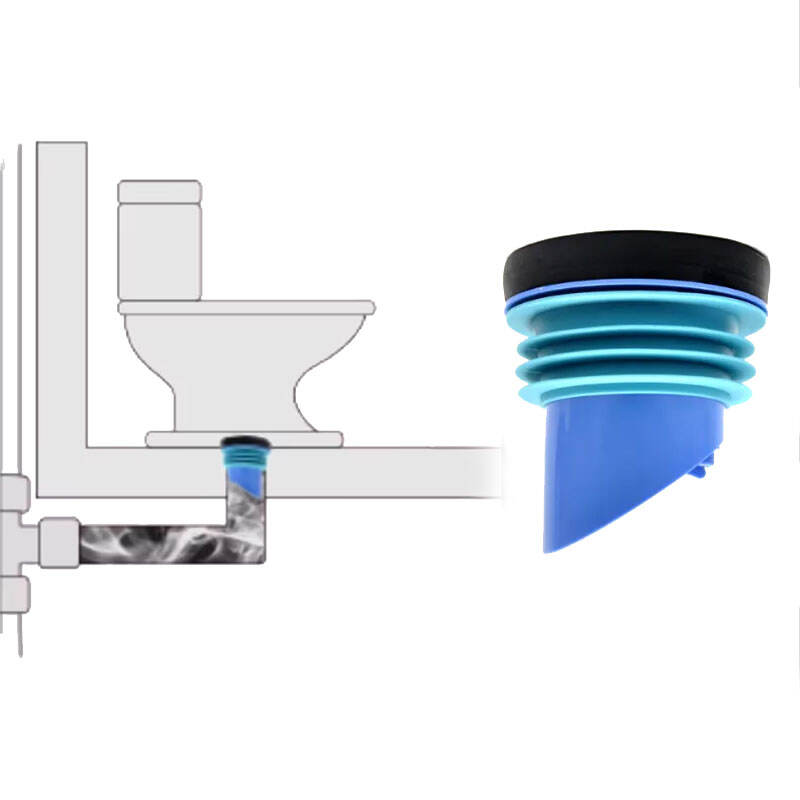Although installing a toilet flange may appear to be an easy process, many people tend to make simple yet fundamental mistakes. The mistakes done while installing the toilet flange is what this article is going to deal with. The pointers provided within this article are highly relevant to everyone including weekend DIY home improvement enthusiasts, professional plumbers, and really anyone who does care about getting the work done properly. If you’re someone who cares about properly installing the toilet without damaging the bathroom floor, then this article will help you understand what mistakes to avoid and how to circumvent them.
- Incorrect Flange Height
For one reason or the other, focusing too much on the toilet flange height tends to make one forget some other features that are equally critical. There needs to be balance during the installation process so that its integrity, durability and functionality can last for decades. An overtightened flange can cause the toilet to rock back and forth; instability which makes it to rock back and forth which then causes leaks per breakage. Meanwhile, a flange that is too loosely placed runs the risk of inadequate sealing, resulting in undue leaks of water beneath the toilet; a situation that can cascade into floor damage. While installing the toilet flange, every height measurement ought to be considered. Moreover, ensure that all necessary changes retaining the supported level surface are made.
- Picking the Wrong Style of Toilet Flange
In the market, you can come across multiple types of toilet flanges such as PVC, ABS, and metal. Different makes and models come with unique sets of problems, such as not working with the existing plumbing system. A good example is if a homeowner has a cast iron pipe, which would make a metal flange good as it is strong and resistant to abrasion over time. The flange material should always be compatible with the leak proof plumbing that you have in place currently in order to prevent problems down the road.
- Forgetting to Tighten Flange Screws
Another problem is forgetting to tighten screws on the flange to the floor properly. Allowing for “wiggle” room on the toilet flange will loosen the seal, or destroy, the wax seal and render the flange ineffective. It is important to use the proper screws and anchors to secure the flange to the subfloor so the flange doesn’t shake loose. Verify all bolts and check their placement, ensuring that they do not move at all.
- Overlooking the Wax Seal
The wax seal is very useful because it reduces leaks from the toilet and the flange area. Some installers may forget to use a quality wax seal or place it incorrectly. It is crucial to center the wax seal on the flange before placing the toilet on it. Incorrect installation of a toilet can cause a home significant damage and expenses, especially with a misaligned wax seal.
- Forgetting to Check for Level
I am sure there is no need to say that the toilet flange should be level during installation. A toilet might rock back and forth if the flange is unfixed at an angle. Always have a level in hand before attaching the toilet to confirm whether the flange is leveled or not. If it is not, use shim’s as the ideal way to fix it.
Conclusion
Like most activities, both professionals and DIY home repair enthusiasts seem to be vulnerable to making toilet flange installation errors. This can lead to costly repair bills for both groups. One preventive step is checking the height of the toilet flange and the materials utilized: an appropriate bottom cleaning wax seal and construction plastic are recommended, and the unit should be secured and level with the flange prior to the rest of the steps. Most tips on flange toilet installation recommend protecting the floor from potential damage, with up to date maintenance of industrial trends ensuring optimal satisfaction. Adhering to modern guidelines is likely to enhance a professional's workmanship.



